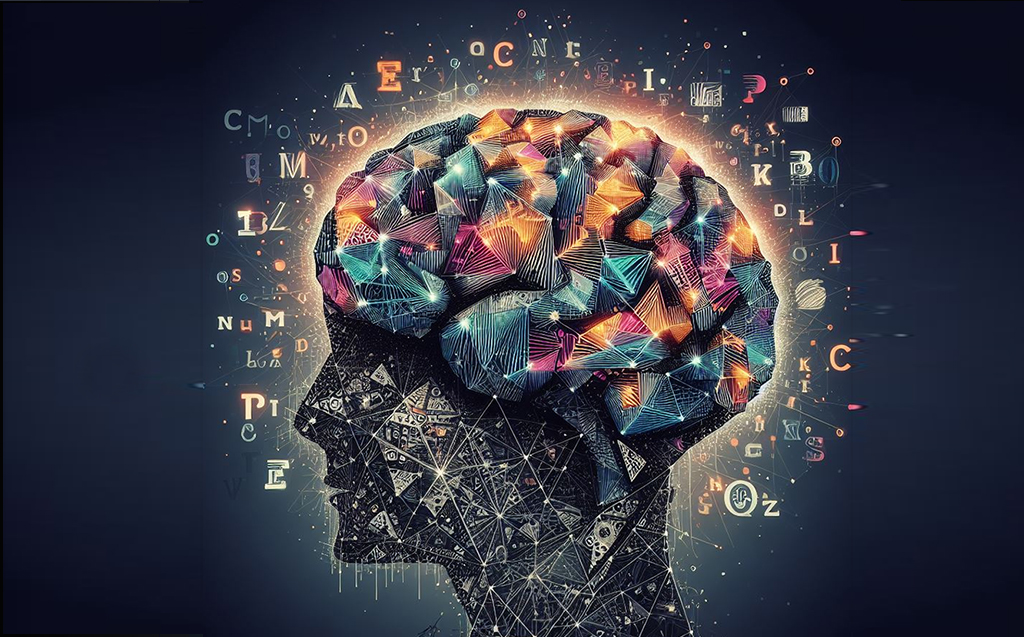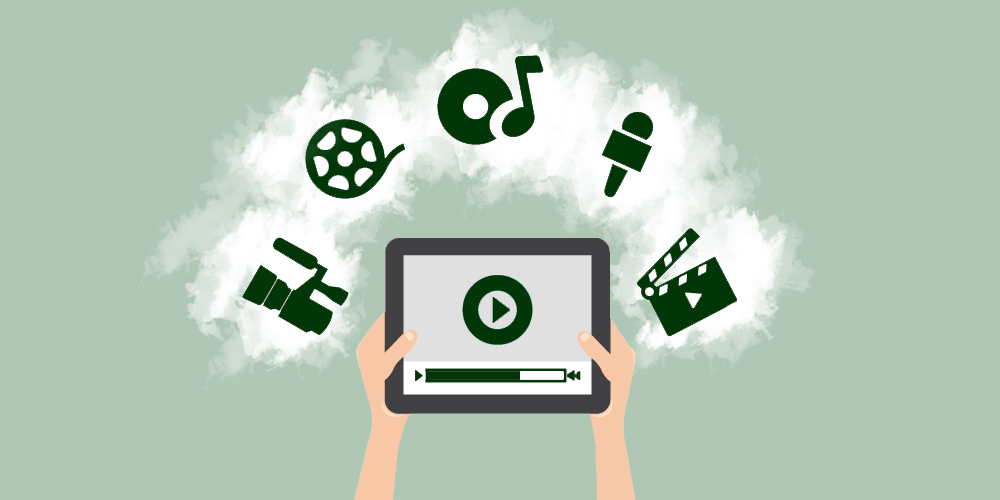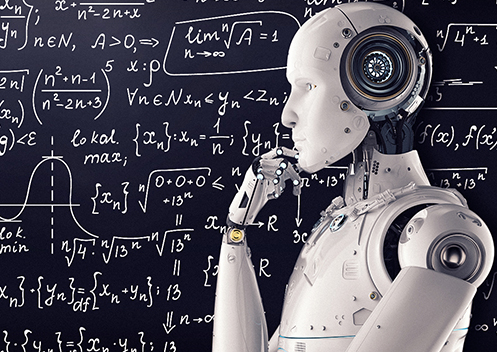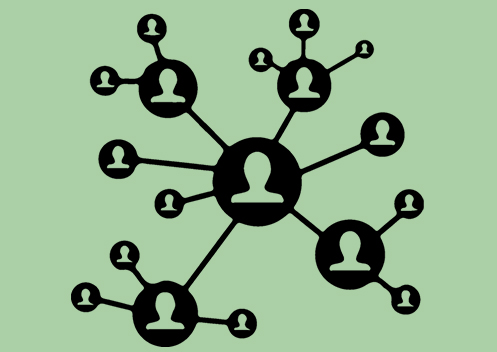What Factors are Involved in Neuroeducation and What Are the Educational Implications?
October 23, 2023
The Instituto Superior de Estudios Psicológicos (ISEP) defines neuroeducation as a discipline that promotes the integration between the sciences of education, neurology, psychology, and cognitive science to produce better teaching methods and didactic programs. Neuroeducation studies the functioning of the brain during the teaching-learning process (it analyzes the development of the human brain and its reaction to stimuli, which are subsequently transformed into knowledge). Experts in the field agree that emotion and motivation are two key elements in making this process work.
In short, neuroeducation is about discovering how the brain learns.
This new vision of teaching is based on providing educational strategies and technologies focused on how the brain works. As the neuroscientist Leslie Hard stated, “Educating without knowing how the brain works is like wanting to design a glove without ever having seen a hand”. Since we know more and more about how the brain works, making educational proposals based on this knowledge is essential. Thus, instead of using didactic methods based on communication between teacher and student, the new educational trend (neuroeducation) focuses on the relationship between brain functioning and its intersection with learning.

The learning process involves a series of factors that have educational implications. They stand out:
1. Brain plasticity:This is the capacity of the nervous system to change its structure and functioning throughout a person’s life depending on the stimuli it receives from the environment. The brain can adapt to new knowledge, behaviors, and patterns, which is essential for the learning process. Each learning process creates new neurons and connections that add to the totality of the individual’s neural network. From an educational perspective, it enables students to progress and can also act as a compensatory mechanism for learning disorders such as dyslexia or ADHD.
2. Each brain is unique:Although brain anatomy is similar in all cases since brain function changes as a result of the experiences and experiences of each person, no two brains are identical. This fact highlights the need to take into account the diversity of each student and to be flexible in the evaluation process.
3. Emotions and learning:Emotions interact with cognitive processes. Neuroeducation tries to teach individuals to manage themselves so that they benefit from the learning process. In this case, teachers have the mission of generating positive emotional climates by showing respect, empathy, and understanding.
4. Attention:Learning should be a positive and enjoyable experience. For example, it has been shown that anxiety or stress hinder the learning process. On the other hand, curiosity is a faithful ally when students pay attention to a certain subject. Thus, teachers should avoid making the students passive in the classroom by using practical strategies that encourage creativity and participation. For example, they can divide the subject matter into blocks of no more than 15 minutes of exposition and dedicate time for reflection at the end of each block. Since sensory contrasts promote student attention, the teacher can also change the tone of voice or move around while teaching.
5. Mirror neurons:They were discovered by a group of researchers at the University of Parma (Italy) and are involved in cognitive processes such as imitation, empathy, and learning. They are those neurons that are activated when a person performs an action or when this person contemplates another individual performing the same action (not only with actions but also with emotional expressions). During the learning process, they make it possible for us to “empathize” with the contents, skills, or abilities that we are assimilating. To achieve effective collaboration, teachers should encourage interdisciplinary activities, knowledge sharing, and collaboration between students of different levels.
6. The importance of play (regardless of the age of the students):Play awakens curiosity and triggers the release of dopamine in the brain. The uncertainty of play is thus a real brain reward. It also facilitates the transmission of information between the hippocampus and the prefrontal cortex, promoting working memory. Integrating a playful component into the teaching process stimulates curiosity, promotes learning, and improves attention.
7. Physical exercise improves learning:Regular physical activity promotes neuroplasticity and neurogenesis in the hippocampus, which facilitates long-term memory and more efficient learning. Teachers can encourage their students to engage in outdoor physical activity before the start of class to start with greater motivation and attention.
8. Repetition: One of the best ways to learn and store information in long-term memory is to repeat the information. However, repeating it always in the same way can end up boring the students and be counterproductive. Therefore, it is advisable to perform repetition using different forms by making the activities and experiences varied.






